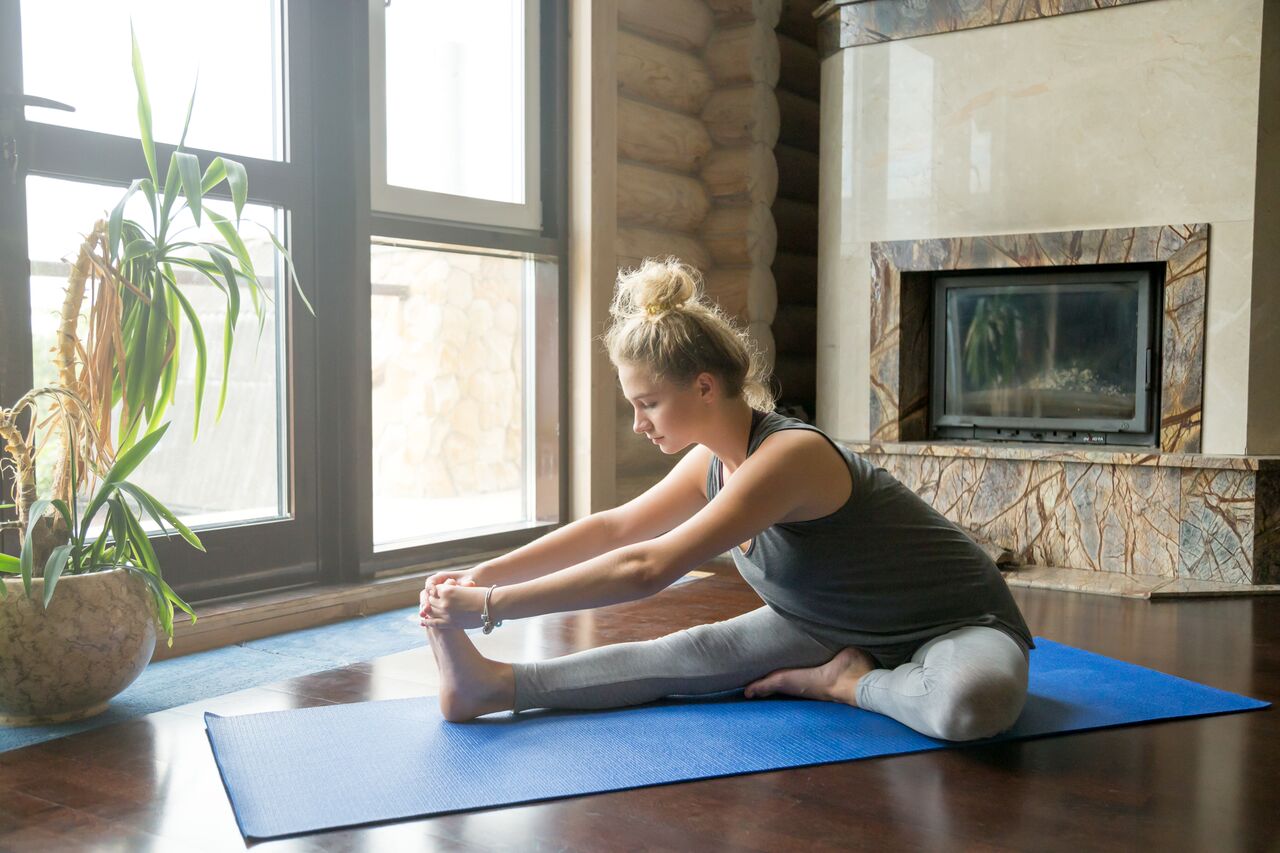What are the hamstrings?
Hamstrings are tendons that attach the large muscles at the back of the thigh to the bone. They are responsible for bending the knee, extending the hip, and holding us upright. The hamstrings don’t actually play a big role in walking or standing, but they are very important for intense movements like running.1
How to protect the hamstrings
Recovery
If you have injured your hamstring wait at least 72 hours before attempting any sort of exercise. The most common type of hamstring injury is muscle strain from overusing the muscles. Hamstring injuries can happen as a result of a single incident by putting too much stress on the muscles at once, or they can happen gradually through repeating the same motion and continually ripping the muscle fibres.

| Hamstring injuries can be extremely painful, so it is important to spend time looking after them when they are injured. Gently massaging the muscle can help to relieve excess tension, for pain relief apply Atrogel to the sore area to help reduce pain and inflammation. |
Alignment/posture
In any sort of sport, whether it’s running, tennis, cycling, or yoga, having proper alignment is key! Think about running, if you run with a rounded back, hunched shoulders, and stiff form it is not only likely that you will feel uncomfortable, but you are also more likely to do long-term damage to your body.
Eccentric Stretching
Eccentric stretching is where the muscle remains engaged as it is lengthened, this helps to strengthen the muscles and increase muscle repair rates. One study found that eccentric exercises improved tendon health in people who suffered from Achilles Tendinopathy.2 Eccentric stretching also assists in protecting the joints.
Forward folds
The most obvious way to improve flexibility in the hamstrings is to practice forward folding. Make sure that you engage the hamstring muscles before folding forwards. Tuck the tailbone under and hinge from the hips, avoid rounding the spine as this will cause back pain.
There are a couple of options you can try if you are not naturally flexible in your hamstrings:
Option 1: From a seated position, make sure both your sit bones are firmly on the floor. Bend both of your knees until your thighs make contact with your torso. Grab hold of the outer edges of the feet and begin to walk the heels back down to a straight position; if your hamstrings begin to feel tight or if your chest lifts from your thighs stop here.
Gradually see if you can make the legs a little bit straighter by walking the heels out a little bit further. Eventually you will be able to straighten the legs whilst keeping your torso in contact with the thighs and the spine straight.
Option 2: Practice forward folding one leg at a time, you may find that you get a little bit deeper into the stretch than if you fold over both legs at the same time. Bring the sole of your left foot to your inner thigh and let the knee rest on the floor to the left side. If you feel tension in the knee, or your knee doesn’t reach the floor place a blanket or pillow underneath for extra padding.
Make sure that your sit bones are on the ground and your torso faces the extended leg before folding forward. If you can’t reach the foot, reach for the calf or the knee. Try to maintain a straight spine to protect the lower back.

Backbends
You may be wondering why backbends are included here as they don’t necessarily benefit hamstring flexibility. Forward folds are great for developing flexibility but they don’t do much for hamstring strength. Backbends are a great counter-pose to any forward fold; they require the hamstrings to extend the hips which helps to build hamstring strength.
Even though flexibility is your primary goal it is important to develop strength too. Neglecting strength in favour of flexibility can make us more prone to hyperextension. This is where a joint moves beyond its normal range of healthy motion. On the other hand, focusing on strength and ignoring flexibility makes us more prone to injury and muscle tears.
Stretch from your body, not your head
If you are an extremely active person and partake in sports like running, cycling, or martial arts, odds are you’ll have tight hamstrings. The good news is that hamstring flexibility can be developed; the bad news is this might take some time. If you do a lot of sports that work hamstring strength it can be difficult to develop flexibility at first. However, if you persist, stretch every day and take plenty of time to warm up before exercising, you’ll see the results.
1 http://www.medicinenet.com/hamstring_injury/article.htm
2 https://www.ncbi.nlm.nih.gov/pmc/articles/PMC4527202/








